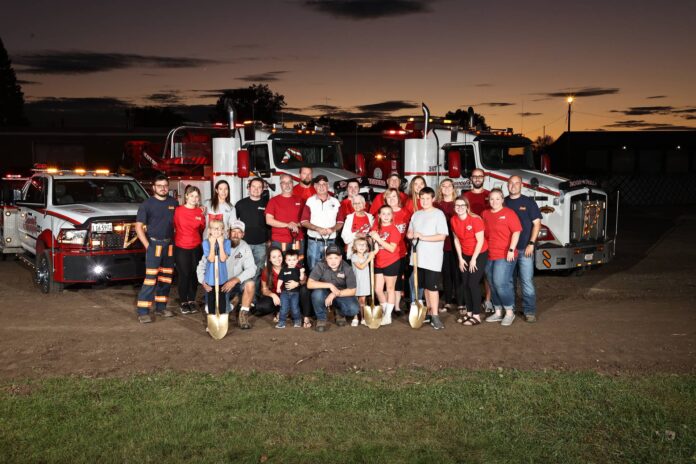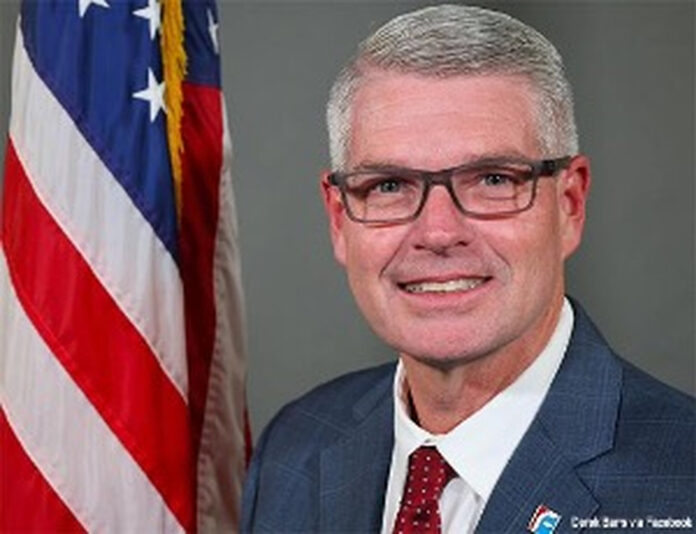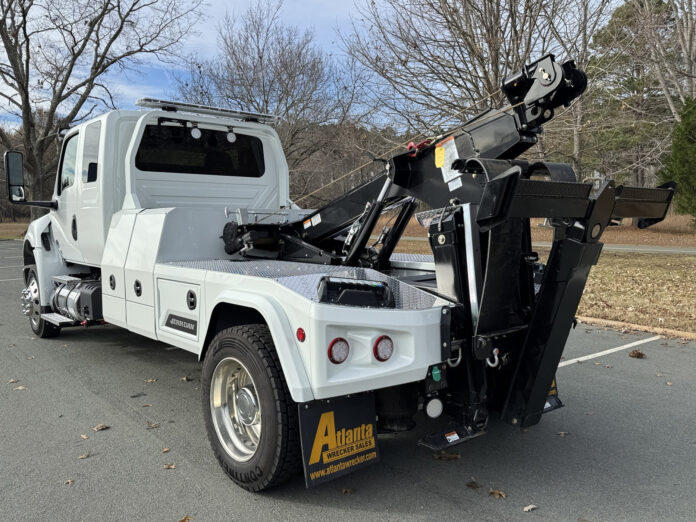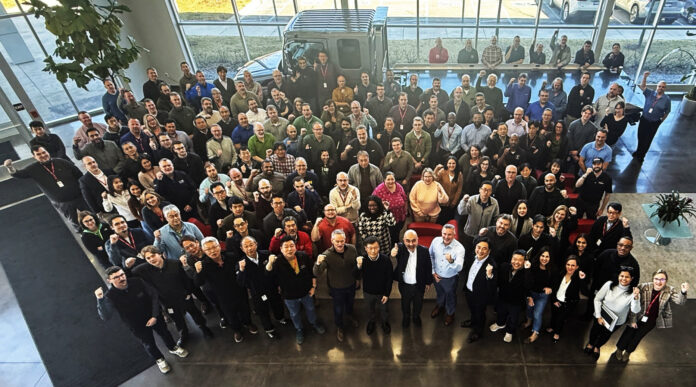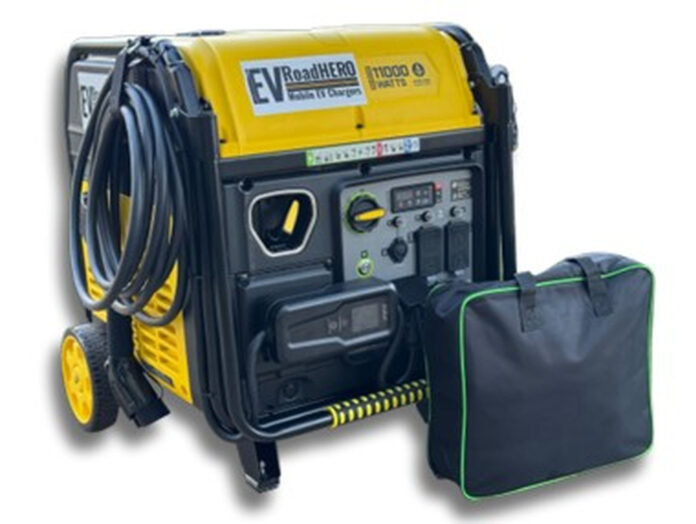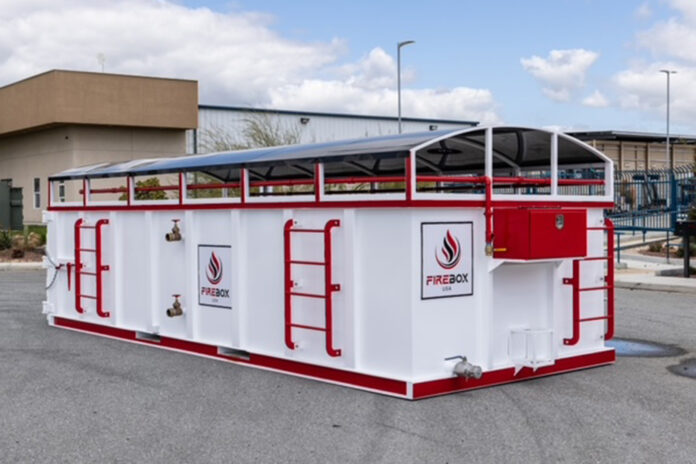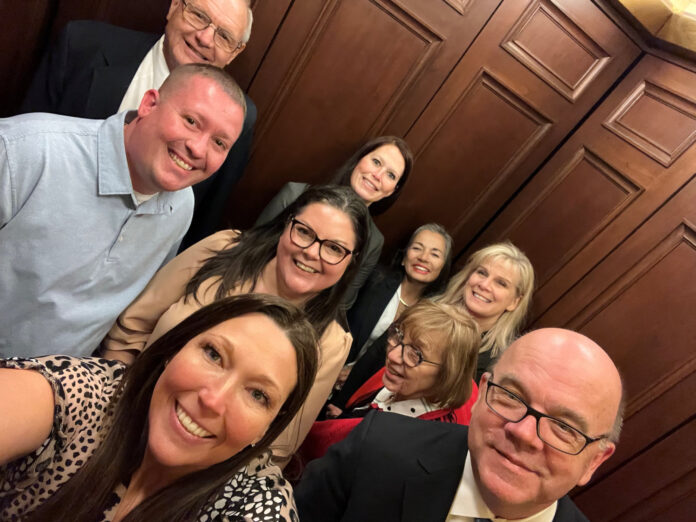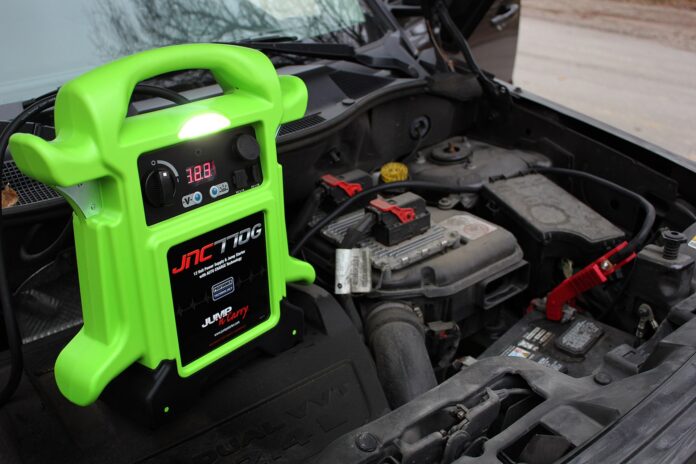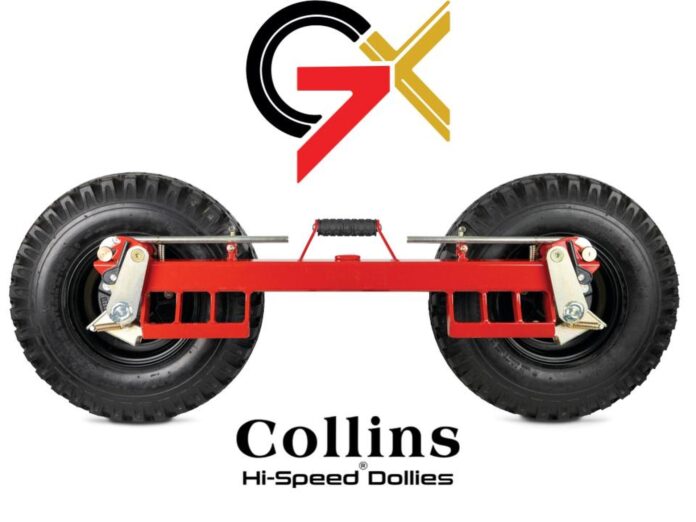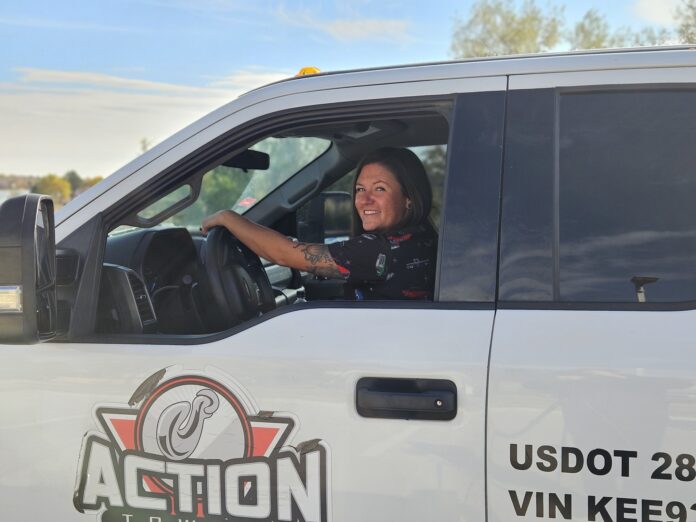By Matthew C. Fueston
Today, Christina drives a Jerr-Dan MPL-40 for Action Towing of Aurora, Colorado. Talking to her, the joy shines through—this is a person who truly feels called to serve her fellow citizens. For most of her working life, she worked in the medical field and was credentialed in at least six separate disciplines. Everyone has to work, but Christina Jenkins is one of those people who need to help others at the same time. The story of how she went from the medical field to the towing and recovery industry in search of such a job is enlightening and inspiring.
EVERYTHING CHANGED IN 2020
“The quarantines that began in March 2020 weren’t the reason I decided that I had to get out of the medical field, but maybe they pushed me over the hump,” Jenkins said. “The stress and pure baloney that a hospital or clinic worker has to put up with is ridiculous. It would be different if all of that was for the good of the patient, but I’d be lying if I said that was true. So, I left the job and started looking for a new one.”
Like most people in her position, especially those with a child at home, job one was to find work of any kind to make a living. Fortunately, Jenkins had a friend who owned a repossession business. She was able to go to work pretty quickly driving a camera car, finding cars scheduled for repo. She did that for a while and then one of her friend’s repo agents quit. He was on the spot and needed a replacement.
“Same day, he asked me if I’d be willing to take the repossession agent’s job,” Jenkins continues. “I said yes, and then we jumped in the tow truck—again, that same day! —and he started my training. He trained and rode with me for a couple of weeks and then turned me loose. I was ready, and I had a very clear idea of what I was getting myself into.”
Jenkins worked as a repossession agent for about a year and a half.
Her previous experience in high-stress situations came to her aid every day when driving a repo truck. But so did her experience as a caring person who just wanted to help people. “I liked being able to talk to those people because a lot of them don’t know that if you just contact your lender, they’ll probably work with you. They just need to make a simple phone call. I guess being able to educate people made me feel better about being there on a really bad day for them.”
On the other hand, the job also had some serious downsides, even though she had been prepared to deal with them. She continues her story. “I had people put their hands on me, even take a swing at me, pull a gun on me. I knew de-escalation techniques and I could defend myself, but having a child at home makes your calculations different. And, honestly, that’s why I switched over to roadside work. You know, I wanted to feel surer about coming home to my daughter at the end of the night, though roadside work has its own risks of course.”
FINALLY FINDING JUST THE RIGHT JOB
Jenkins went to work for a different company, one where she could drive a Jerr-Dan MPL-40 and help people in trouble on the side of the road. She works for Mike Maaliki of Action Towing now, covering most of the Denver metro area. “The first time I climbed up in that truck, I just fell in love with it,” she said.
How many people can say that their job makes them happy? Jenkins can. It is obvious that Jenkins is not posturing when she says that her new career permits her to continue helping people. The theme comes up again and again in conversation with her.
“A lot of times we are first on the scene and out in the road before paramedics or police are there. That’s when having a medical background helps a lot. I feel capable of helping people if it comes to that, so I’m a little more at peace. It’s also a blessing to pull up on a big mess on the highway and have confidence in my experience and equipment, knowing I can help clear it all up, make it safer for the travelers behind us. And even if it’s just a person who has a car broken down on the side of the road, I enjoy being able to make their bad day just a little better.”
“I know it sounds corny!” she says, laughing. “But it is also true.”
A ROADSIDE PICK, COLORADO-STYLE
Jenkins had to deal with a situation that went way beyond normal road conditions during a snowstorm in early 2023.
“First, we had a big snowstorm. The kind that you know will result in the possibility of working around the clock. Then we got a call asking for roadside assistance—but it is from the guy’s mom, and she is not onsite. Her son evidently went off the road and went into a drainage canal. He didn’t have his phone with him, so after who knows how long, a passerby stops and asks if he needs help. The guy asks to use the good Samaritan’s phone, calls his mom, then gives the phone back and tells his rescuer to just drive on, help is on its way. The mom phones us, and I was dispatched on this call.”
“The big problems are, first, we don’t have a great specific location, and second, it’s a snowstorm. Nothing is easy to find! Plus, our poor victim’s car is in a drainage ditch, full of water, so his lights don’t work. He is also below the surface of the highway, and to make things worse, he had to get out of the car because of the water. Being a good Coloradan, he had an emergency blanket, so he wrapped himself up in it and lay on top of the car until I finally found him. When I pulled up, I think he had managed to go to sleep!”
“I was happy I had a double winch on the truck; I ended up needing both winch lines. But I still had to go into the freezing water to get him off his car and then I went back into the canal about midway, just feeling for hook points under his car so I could winch it out.”
“He had been waiting on the roof of his car for about twelve hours. And somehow, I don’t think he even got frostbite!”
A FAMILY AFFAIR
Jenkins’ daughter is only 12 years old, but she has already been all over her mom’s MPL-40. She’s also made it clear that she wants her own tow truck when she turns 21. Of course, part of that probably has to do with the fact that Torrey Jenkins, Christina’s husband, is also a tow truck driver.
“Everyone thinks that I taught her how to do it, then she followed me into the business,” says Torrey, who works for another small company whose owner is a good friend of Mike Maaliki, Christina’s boss. “But she was well into it when I was looking for a new job. She recommended this, and since I knew how much she loved it, I hoped I’d feel the same. I took a job driving for one of Mike’s buddies, and I have to say, we are very happy being a two-tower family.”
Both Christina and Torrey talk about how much fun it is to sit at the supper table and talk about their day. They compare runs and talk about how various problems were solved. “I think it makes both of us better at our jobs, and we both enjoy having these experiences in common,” said Torrey.
THE JENKINS LOOK TO THE FUTURE
“The first time I hopped in the cab, I fell in love. Every day brings something different, and I’m not in some kind of cubicle prison every day. I’m outside, doing something new all the time. It’s impossible to get bored. My husband and I talk about our work endlessly. Way back when—before 2020— I couldn’t imagine that I would have a career as a tow truck driver. My plan was always to be in medicine in some way.”
Christina Jenkins is not sure what the future holds, but she and her husband have no plans to change anything short-term. They are enjoying a great life. Everyone is a little surprised at how well it’s all worked out. But if there is one message that shines through their story, it is that the towing and recovery industry is one place that anyone who is devoted to serving others can find a place.

